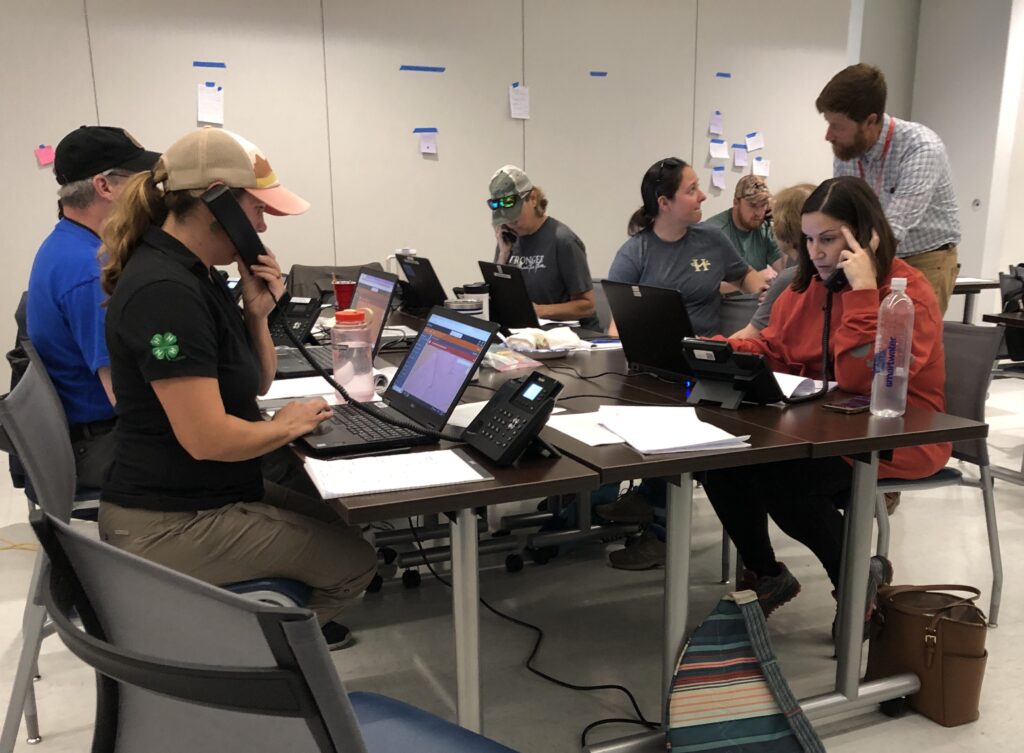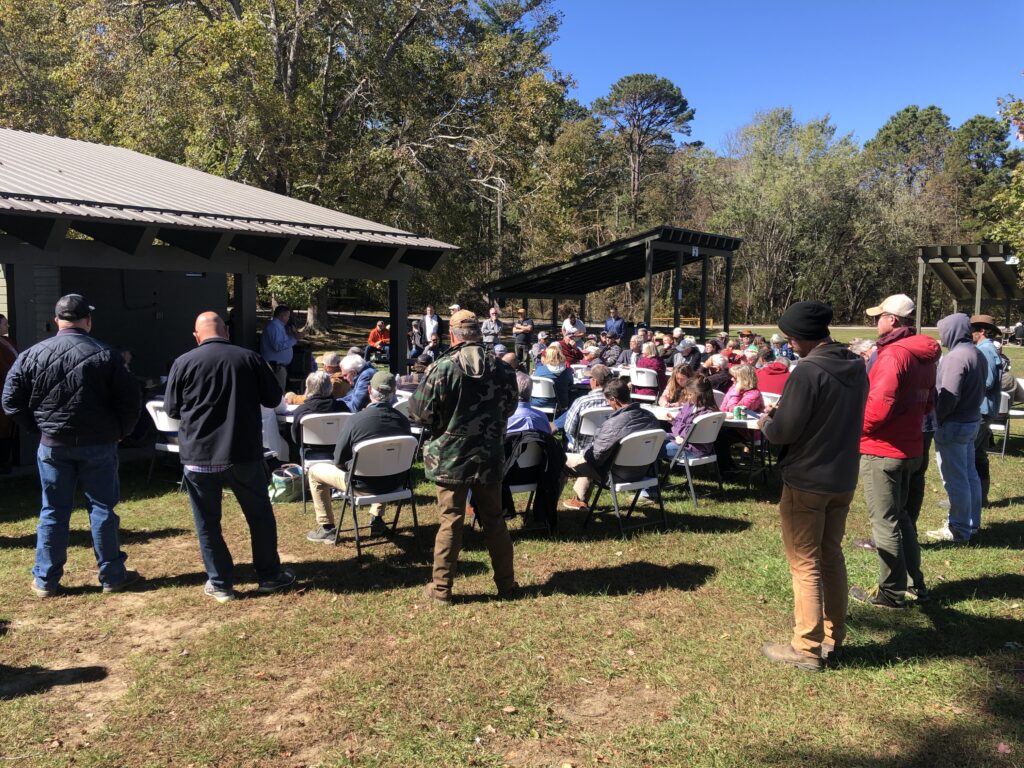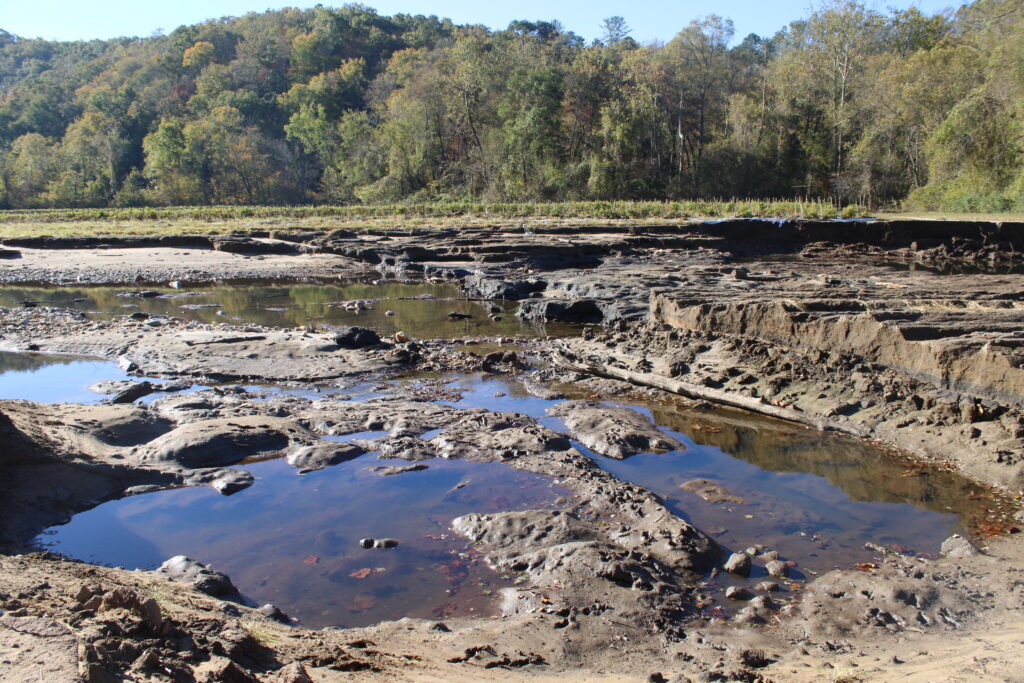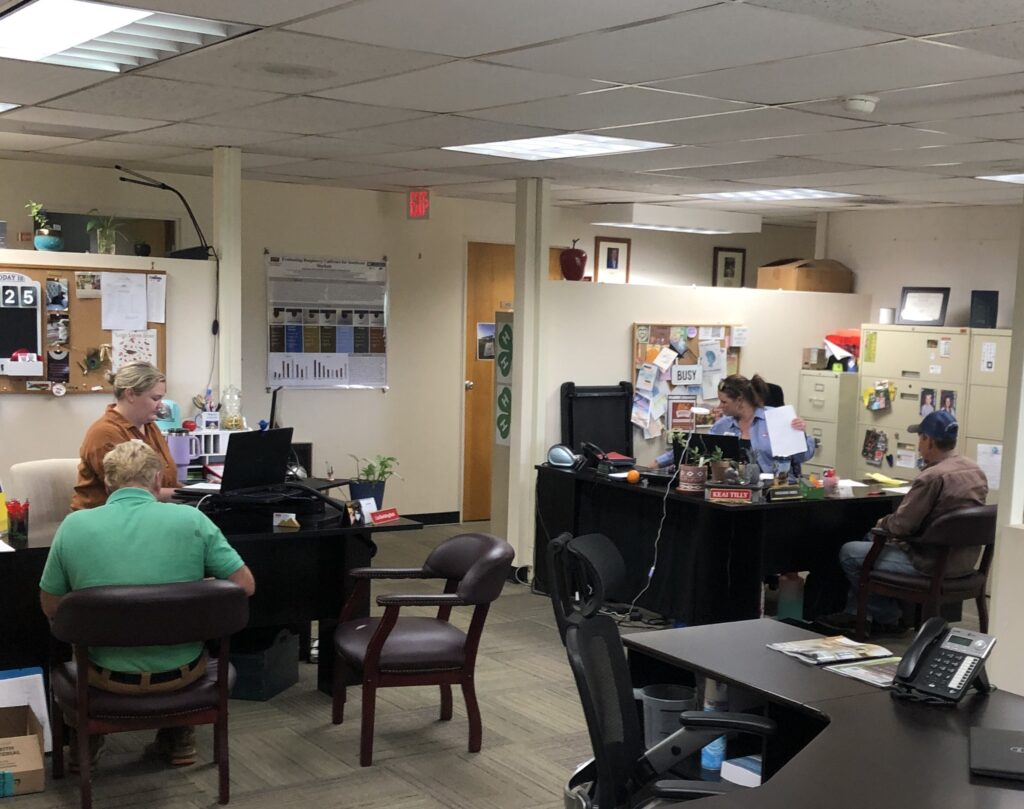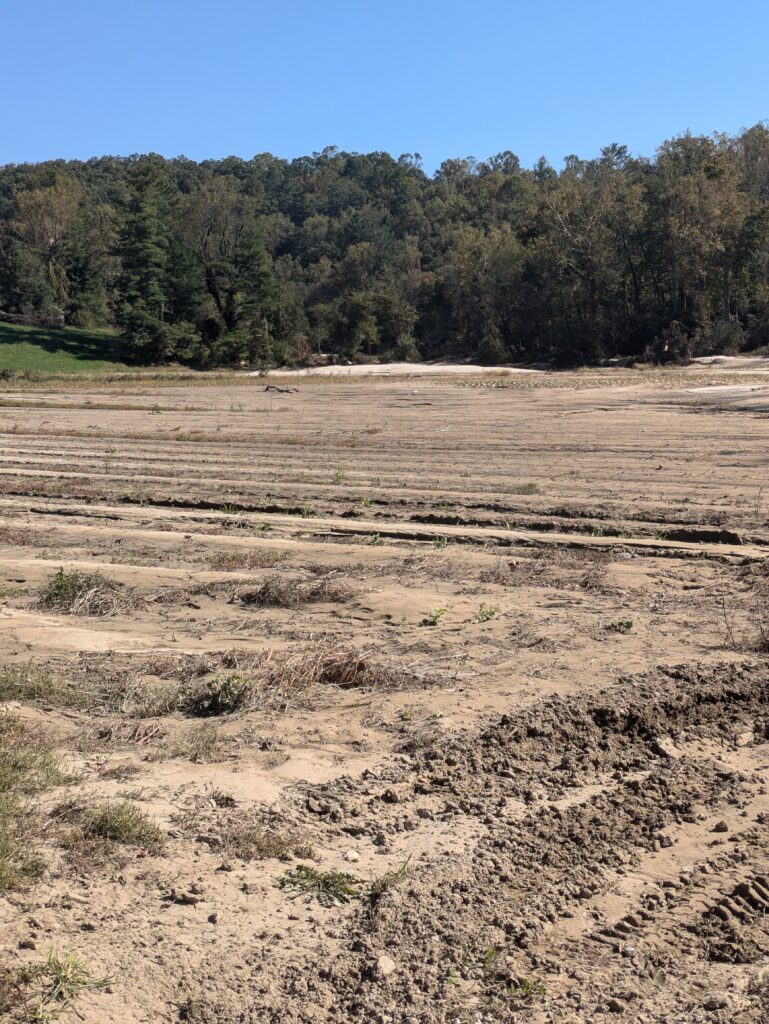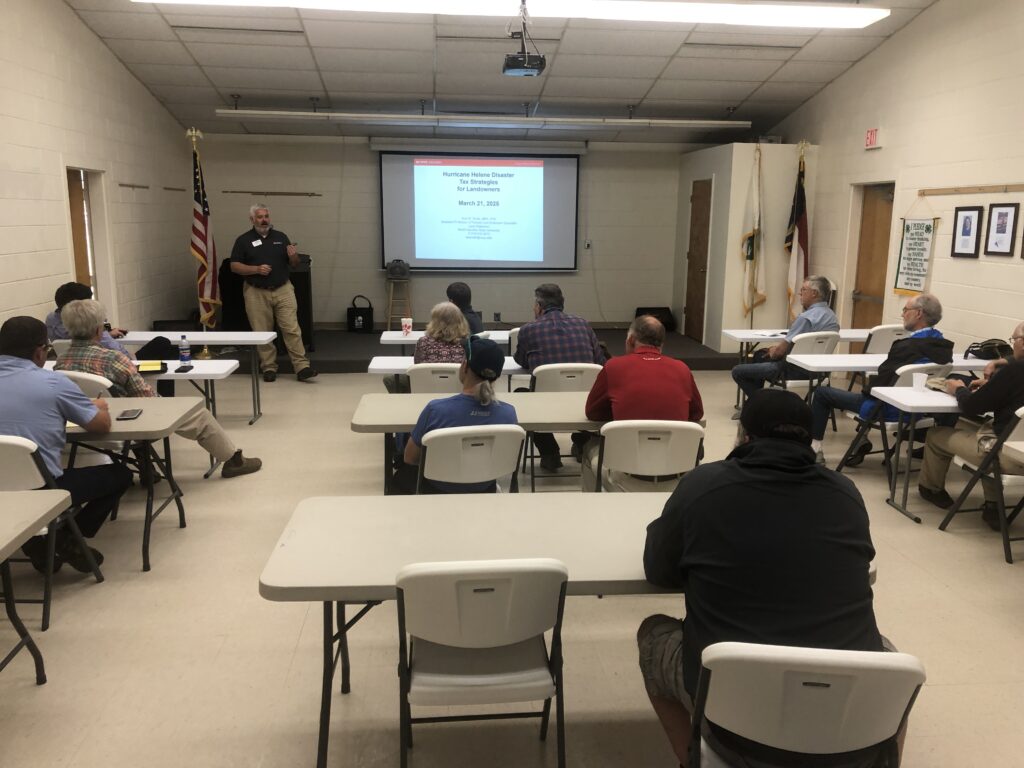Hurricane Helene: Henderson County One Year Later
go.ncsu.edu/readext?1095720
en Español / em Português
El inglés es el idioma de control de esta página. En la medida en que haya algún conflicto entre la traducción al inglés y la traducción, el inglés prevalece.
Al hacer clic en el enlace de traducción se activa un servicio de traducción gratuito para convertir la página al español. Al igual que con cualquier traducción por Internet, la conversión no es sensible al contexto y puede que no traduzca el texto en su significado original. NC State Extension no garantiza la exactitud del texto traducido. Por favor, tenga en cuenta que algunas aplicaciones y/o servicios pueden no funcionar como se espera cuando se traducen.
Português
Inglês é o idioma de controle desta página. Na medida que haja algum conflito entre o texto original em Inglês e a tradução, o Inglês prevalece.
Ao clicar no link de tradução, um serviço gratuito de tradução será ativado para converter a página para o Português. Como em qualquer tradução pela internet, a conversão não é sensivel ao contexto e pode não ocorrer a tradução para o significado orginal. O serviço de Extensão da Carolina do Norte (NC State Extension) não garante a exatidão do texto traduzido. Por favor, observe que algumas funções ou serviços podem não funcionar como esperado após a tradução.
English
English is the controlling language of this page. To the extent there is any conflict between the English text and the translation, English controls.
Clicking on the translation link activates a free translation service to convert the page to Spanish. As with any Internet translation, the conversion is not context-sensitive and may not translate the text to its original meaning. NC State Extension does not guarantee the accuracy of the translated text. Please note that some applications and/or services may not function as expected when translated.
Collapse ▲This week, you will be inundated by stories, podcasts, news articles, and personal recollections about Hurricane Helene. These memories will focus on the devastation, the power of the storm, and the great heroics witnessed in the aftermath. They will also cover the losses that occurred in both life and property.
As we look back, many things come to mind. Let’s look at a couple of angles that you might not hear much about.
First, thanks to all that helped in the days following the storm and who continue to work to restore our friends, families, and communities to pre-Helene status as best we can. Henderson County is fortunate to have such great management and emergency personnel trained to respond to these events.
This includes our staff at Cooperative Extension that stepped away from their normal responsibilities to fill in where needed. Some worked at the 911 call center, delivered supplies to distribution centers, worked at the distribution centers, did wellness checks, and collected loss information in our ag community.
Secondly, let’s look at a farm community which suffered the greatest devastation they have ever faced. There were close to $150 million in losses in the ag industry in Henderson County. The county’s largest industry, agriculture faced the loss of crops, infrastructure, field damage, and equipment. Entire orchards, nurseries, and crop fields were destroyed.
So, what has happened to our farm community a year later? Many are still awaiting relief funds to pay off bills from 2024 and 2025. Fortunately, most of our farmers took it upon themselves to repair fields, orchards, and vineyards to ensure they had a crop in 2025. However, with all the rain and hail that has occurred this year, it has not been a stellar season.
Just in the last few weeks, growers have started to receive checks from the NC Department of Agriculture Disaster Relief Program, which was funded by the NC legislature. This funding, which totals about $478 million, can only begin to allow farmers to recover from the estimated $5 billion loss the ag industry suffered in NC.
Recently, the NCDA&CS announced a $221 million block grant from the USDA’s ag relief fund, which was approved by Congress in December 2024. These funds will provide additional relief for farmers in the areas of agritourism, future crop loss, timber, and infrastructure. It will still take a few months for that money to reach growers.
So, one year out, and our ag industry is still suffering from Helene much like many other people. Winter is coming, the bills from 2025 are coming due, and bills from 2024 are sometimes still not paid. Creditors are wanting their money, and our farmers want to plan for 2026 in hopes of finally having a good year.
The news could be better for our ag producers. But at least there is some relief on the way. We can only hope that these programs will be enough to get our growers back on solid ground. If not, hopefully there will be more funds appropriated to get them back in business. We need our farmers. We need our local foods. One year later, they had hoped to be further along in their recovery.






